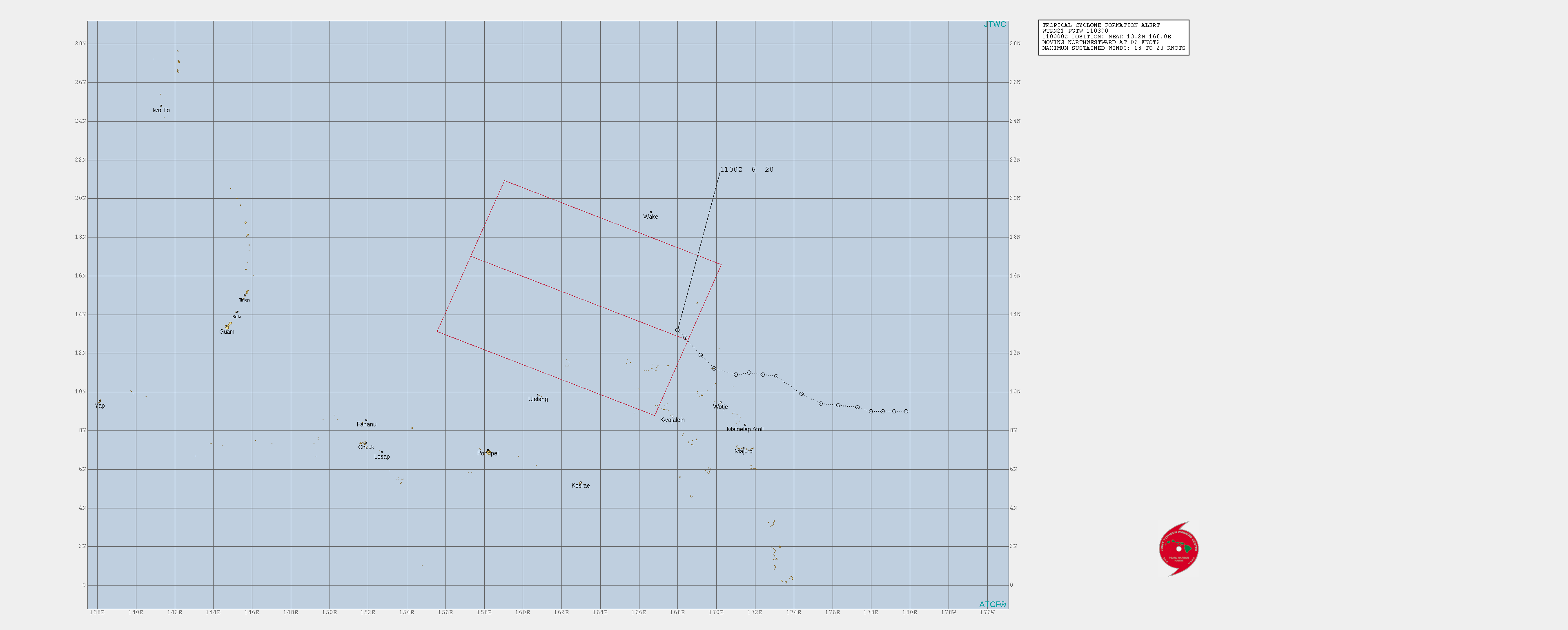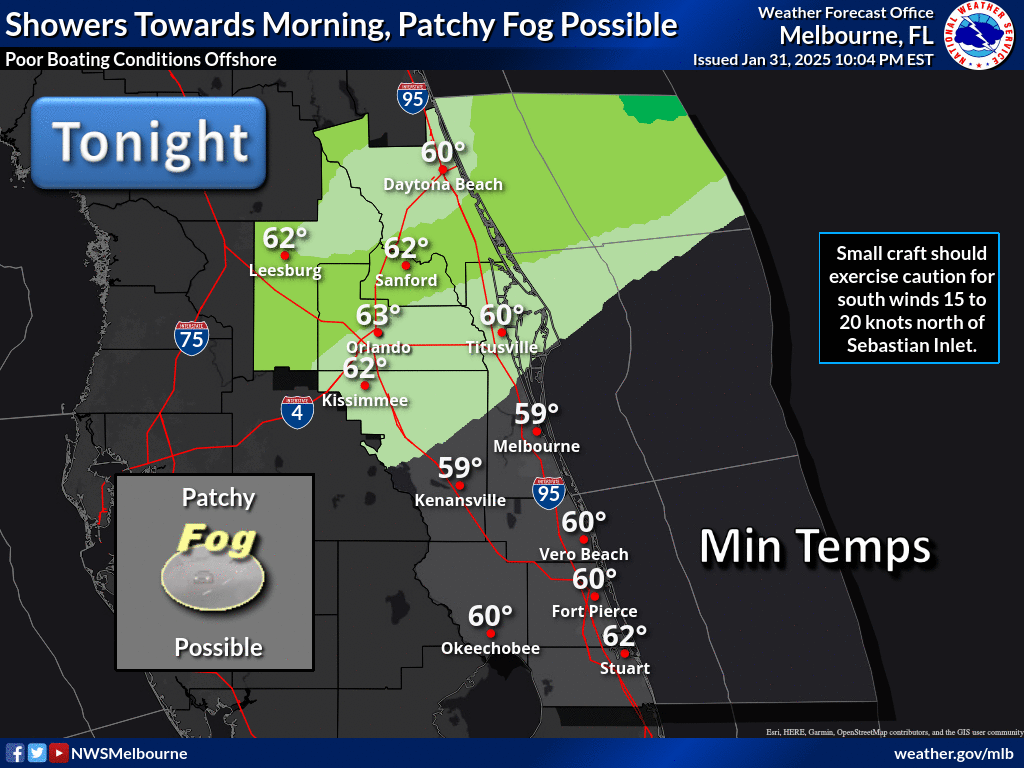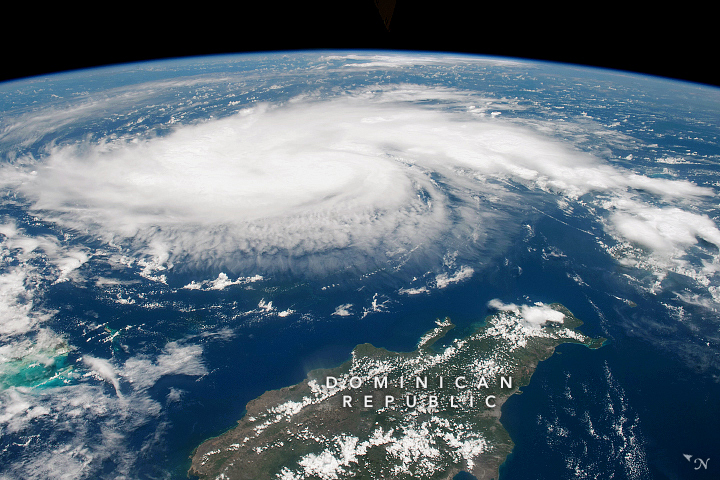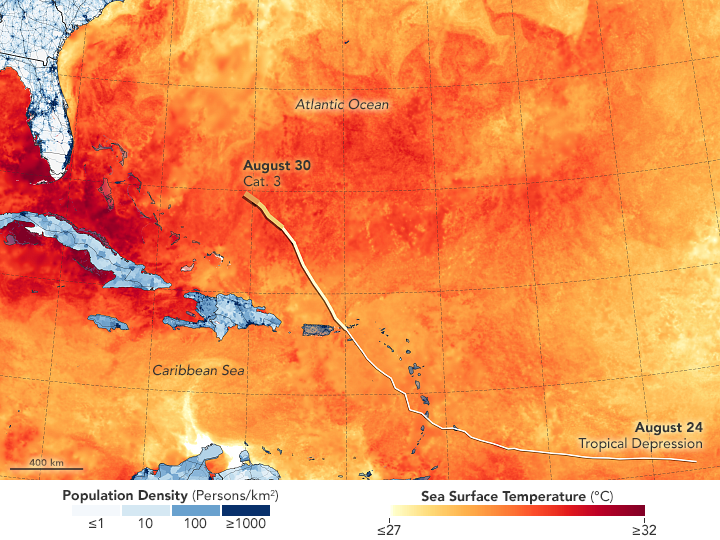Archive for the ‘Tropical storms’ Category
FEMA SitRep, 9/1/2019
Sunday, September 1st, 2019FEMA
Situation
• Dorian is a dangerous Category 5 hurricane, capable of causing life threatening storm surge, extensive wind damage, and heavy rain from FL through eastern GA and coastal SC and NC • Although the exact NHC track forecast lies east of the Florida peninsula, a track closer to the coast or even a landfall remains a possibility late Monday through Tuesday night
Potential Impacts –Southeastern U.S.
• Heavy rainfall and life-threatening flash floods possible across coastal sections of the Southeast o Coastal Carolinas: 5-10 inches, isolated 15 inches o Atlantic coast from the FL Peninsula through GA: 2-4 inches, isolated 6 inches • Surf: Large swells will affect the southeastern U.S. coast during the next few days; likely to cause life-threatening surf and rip current conditions
Local Preparations/Response
• FL EOC: Full Activation o Governor declared a state of emergency; National Guard fully activated o Mandatory evacuation delayed until September 2 for Brevard and Martin counties o Voluntary evacuations for Glades, Hendry, Martin, Palm Beach, Osceola, and St. Lucie counties o Airports: FL airports closed to commercial flights only: Vero Beach and Daytona Beach Orlando-Melbourne International Airport will close at 6:00 p.m. September 2 o Ports: Miami, Key West, and Port Canaveral open with restrictions; all other ports open • Seminole Tribe of Florida EOC: Partial Activation; Tribal Chief declared state
NASA & Hurricane Dorian from Outer Space
Sunday, September 1st, 2019Heading into the Labor Day holiday weekend in United States, citizens and government officials braced for a potent hurricane that has been intensifying in the tropical Atlantic Ocean. By the afternoon of August 30, 2019, Hurricane Dorian had reached category 3 intensity and was headed for the northern Bahamas and the east coast of Florida as a major hurricane, the first of the 2019 Atlantic season.
The photograph above was shot by an astronaut on the International Space Station at 11:12 a.m. Atlantic Standard Time (17:12 Universal Time) on August 29, 2019. At that time Dorian had maximum sustained winds of 85 miles (135 kilometers) per hour and a central pressure of 986 millibars, according to the National Hurricane Center. As of 2 p.m. AST (18:00 UT) on August 30, the center of the storm was about 445 miles (715 kilometers) east of the northwestern Bahamas and 625 miles (1005 kilometers) east of West Palm Beach, Florida. Sustained winds were measured at 115 mph (185 kmph) and the minimum central pressure was 970 millibars.
A key factor in the development of a hurricane is the warmth of the ocean surface. Warm water is the fuel that leads a storm to intensify, as heat and moisture move from the ocean to the atmosphere. This map above shows sea surface temperatures (SSTs) in the western Atlantic as of August 28, as well as population density in the U.S. Southeast and several Caribbean islands. Meteorologists generally agree that SSTs should be above 27.8°Celsius (82°Fahrenheit) to sustain and intensify hurricanes (although there are some exceptions).
The data for the map come from the MUR Global Foundation Sea Surface Temperature Analysis, produced at NASA’s Jet Propulsion Laboratory. It is based on observations from several satellite instruments, including the NASA Advanced Microwave Scanning Radiometer-EOS (AMSRE), the Moderate Resolution Imaging Spectroradiometer (MODIS) on the NASA Aqua and Terra platforms, the U.S. Navy microwave WindSat radiometer, the Advanced Very High Resolution Radiometer (AVHRR) on several NOAA satellites, and on in situ SST observations from NOAA. Population data come from the Socioeconomic Data and Applications Center (SEDAC).
NHC Forecasters reported on August 30: “Life-threatening storm surge and devastating hurricane-force winds are likely in portions of the northwestern Bahamas, where a hurricane watch is in effect…A prolonged period of storm surge, high winds and rainfall is likely in portions of Florida into next week, including the possibility of hurricane-force winds over inland portions of the Florida peninsula.”
NASA Earth Observatory images by Joshua Stevens and Lauren Dauphin, using MUR Global Foundation Sea Surface Temperature Analysis data from the Physical Oceanography Distributed Active Archive Center (PODAAC) at NASA/JPL, and population data from the Socioeconomic Data and Applications Center (SEDAC). Astronaut photograph ISS060-E-47508 was acquired on August 29, 2019, with a Nikon D5 digital camera using a 28 millimeter lens and is provided by the ISS Crew Earth Observations Facility and the Earth Science and Remote Sensing Unit, Johnson Space Center. The image was taken by a member of the Expedition 60 crew. The image has been cropped and enhanced to improve contrast, and lens artifacts have been removed. Story by Michael Carlowicz.
FEMA 8/31/2019 SitRep on Hurricane Dorian
Saturday, August 31st, 2019Situation • Hurricane Dorian has become a very powerful hurricane, capable of causing life threatening storm surge, extensive wind damage, heavy rain, and significant infrastructure damage to portions of Florida and the Southeast early next week into the middle of next week
Potential Impacts – Southeastern U.S. • Rainfall accumulations: 6-12 inches, isolated 18 inches across southern/central Florida and coastal sections of the Southeast U.S.; may cause life-threatening flash floods • Surf: Swells are likely to begin affecting east-facing shores of southeastern U.S. coast during the next few days; likely to cause life-threatening surf and rip current conditions
Local Preparations/Response • FL EOC: Full Activation o Governor declared a state of emergency; National Guard fully activated o Mandatory evacuations ordered for select coastal sections of Brevard County o Voluntary evacuations in effect for areas in Miami-Dade, Hendry, Martin, Osceola, and St Lucie counties o Orlando International Airport scheduled a precautionary closure for 2:00 a.m. Mon, Sept 2 • Seminole Tribe of Florida EOC: Partial Activation; Tribal Chief declared state of emergency • GA EOC: Full Activation: Governor declared a state of emergency
Federal Preparations/Response • Emergency Declaration FEMA-3419-EM-FL approved Aug 30, 2019 • NRCC: Level I, 24/7 with all LNOs and all ESFs • Region IV RRCC: Level I, 24/7 until further notice • Region IV LNOs deployed to FL and GA; Tribal LNO deploying to Seminole Tribe of Florida today • Region IV DCE Emergency Preparedness LNOs deployed to FL EOC, RIV RRCC, Homestead ARB, North Auxiliary Field, Warner Robins AFB, and Maxwell AFB • IMAT Teams deployed: o National IMAT E deployed to FL EOC o National IMAT C available o Region II IMAT demobilizing from USVI, returning to home station o Region IV IMAT-1 to FL EOC o Region IV IMAT-2 to GA EOC o Region VII IMAT deployed to Region IV RRCC o Region VIII IMAT deployed to Region IV RRCC • ISB Teams: Logistics staging teams deployed to AL, SC, GA, and NC • US&R: o Teams deployed to PR and USVI demobilized o Red IST: Relocating to Orlando, FL o 12 Task Forces, 4 Mission-Ready Packages – Water Rescue and 1 HHP activated
Hurricane Dorian: Local Preparations/Response & Federal Preparations/Response
Saturday, August 31st, 2019Hurricane Dorian
Local Preparations/Response
• FL EOC at Full Activation; Governor declared a state of emergency; Emergency Declaration requested
• Seminole Tribe of Florida EOC activated; Tribal Chief declared state of emergency
• GA EOC at Full Activation; Governor declared a state of emergency
Federal Preparations/Response
- • NRCC at Level I, 24/7 with all LNOs and all ESFs
- • Region IV RWC returned to Steady State
- • Region IV RRCC at Level II, 24/7 until further notice
- • IMAT Teams deployed:
- • National IMAT East deployed to FL EOC
- o National IMAT C demobilizing from PR, returning to home station o Region II IMAT to USVI o Region IV IMAT-1 to FL o Region IV IMAT-2 deployed to GA EOC o Region V IMAT demobilizing from PR, returning to home station o Region VII IMAT deployed to Region IV RRCC o Region VIII IMAT deployed to Region IV RRCC
• Region IV LNOs deployed to FL and GA
• ISB Teams deployed: 2 to PR, 2 to USVI, 1 to FL o 1 team from PR is re-deploying to Ft. Bragg, NC o Both teams from USVI are re-deploying to DC Atlanta, GA • Logistics staging teams deployed to AL, SC, and GA
• US&R teams deployed to PR and USVI demobilized, returned to home station and are available






![[Key Messages]](https://www.nhc.noaa.gov/storm_graphics/AT05/refresh/AL052019_key_messages+png/090018_key_messages_sm.png)
![[Image of initial wind radii]](https://www.nhc.noaa.gov/storm_graphics/AT05/refresh/AL052019_current_wind+png/090018_current_wind_sm.png)
![[Image of probabilities of 34-kt winds]](https://www.nhc.noaa.gov/storm_graphics/AT05/refresh/AL052019_wind_probs_34_F120+png/090018.png)
![[Image of cumulative wind history]](https://www.nhc.noaa.gov/storm_graphics/AT05/refresh/AL052019_wind_history+png/090018_wind_history.png)
![[Image of WPC QPF U.S. rainfall potential]](https://www.nhc.noaa.gov/storm_graphics/AT05/refresh/AL0519WPCQPF+gif/090018WPCQPF_sm.gif)






![[Image of probabilities of 34-kt winds]](https://www.nhc.noaa.gov/storm_graphics/AT05/refresh/AL052019_wind_probs_34_F120+png/113611.png)
![[Image of WPC QPF U.S. rainfall potential]](https://www.nhc.noaa.gov/storm_graphics/AT05/refresh/AL0519WPCQPF+gif/113611WPCQPF_sm.gif)